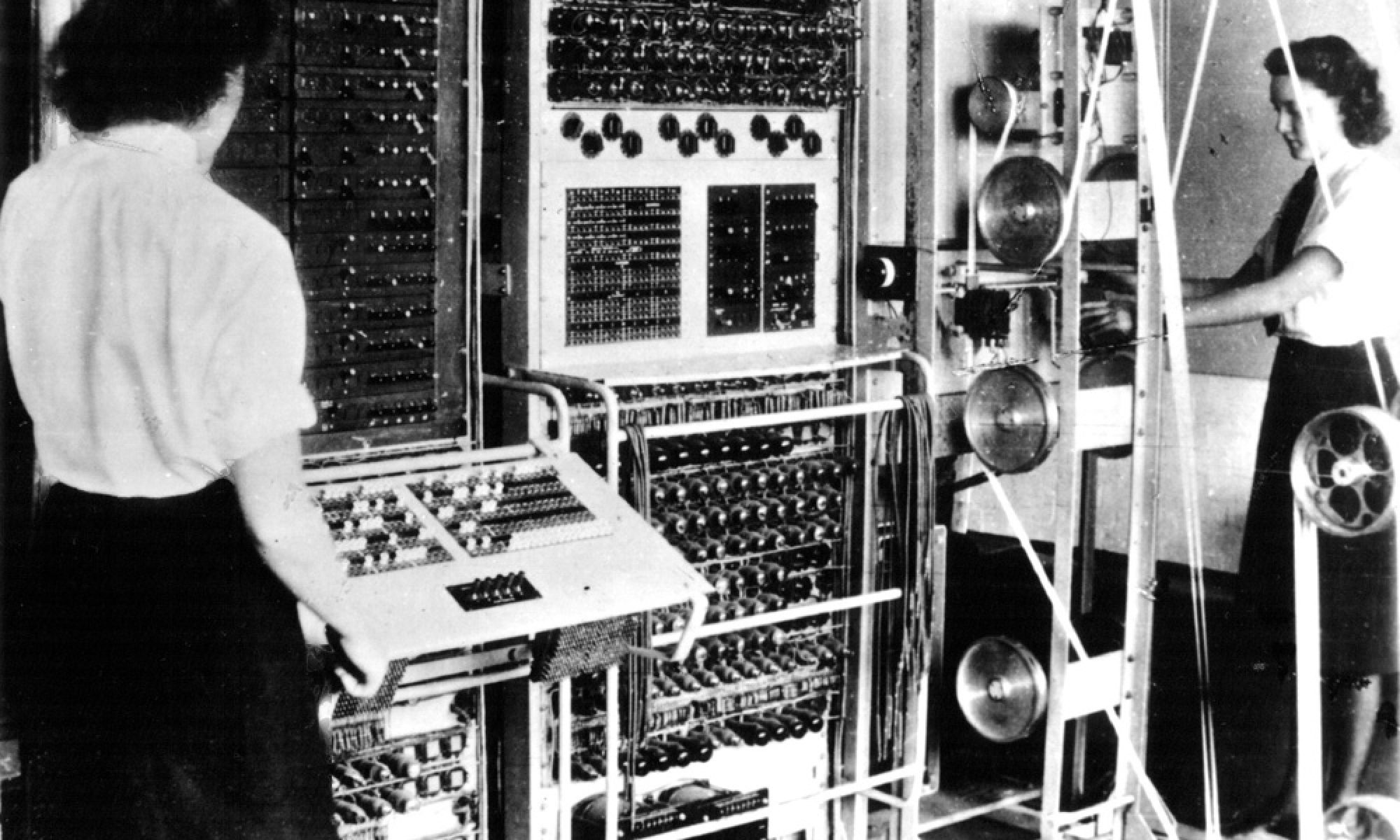The whole of class on Wednesday, September 27, was dedicated to our first graded oral presentation. The presentations were summaries of our experiences with the University of Scranton research paper we have been working on for a few weeks. Fellow students and Dr. Levy were those who graded the presentations with scorecards. On the scorecard, the grading was broken down into four parts; the (1) content and (2) organization of the presentation along with the (3) delivery and (4) language used by the presenter. The topics of each research paper varied from the history of the mascot to the impact Jason Miller, an actor and screenwriter, had on the University. At the end of class, we discussed what students thought others did well during the presentation and what could be worked on. The class agreed everyone had great delivery, organization within their topics, and a large focus on descriptions of the primary sources. What we can all work on is making sure our content is enough to sufficiently supply information throughout our recommended time limit. This time, the limit was three minutes but some of us went over and some went far below. Today was only our first presentations though, so as a class overall, we did a respectable job.
Class on 9/20
In class on Wednesday September 20th, we started by reviewing Monday’s session with Michael Knies, and how aspects of history are lost when it becomes digitized, such as its feel, or the smell it might have. In addition, we learned that digital history will eventually dissolve, losing parts of history. After this discussion, we went over the guidelines for the Scranton paper due Friday the 29th, as well as smart ways to approach writing the paper. This includes using Zotero, which organizes sources and allows for an easier way to include citations. In relation to sources, we did an activity to learn how to differentiate sources based on their citation. These sources include primary sources, which are a first hand account of a person or event, secondary, which is a reflection of the primary, and tertiary sources, which include both primary and secondary sources in order to make an overview of an event. Lastly, in class we talked about our upcoming presentations and what needs to be done to prepare for this, and how it will be graded.
Class Visit to the WML Special Collections Library
This past Monday, the HIST 190 Digital History class met for a lecture on the fourth floor of the Weinberg Memorial Library, where we met with the University’s Special Collections Librarian, Michael Knies. In our hour with him, we learned much about the University’s special collections, which includes a Medieval manuscript from the 1300s and art from the master penman P.W. Costello. Associate Professor Knies explained to our class the process of having works – especially books – digitized, and elaborated on the pros and cons and drawbacks of digitizing certain books. One of the biggest drawbacks in trying to digitize the Library’s collections is the vast amount of works in the collection: there simply isn’t enough time or manpower to digitize and catalogue it all! There are many pros to digitizing works in general, but one of the cons as it was explained to us is that book pages are torn from the spine to be scanned, which ruins the book in its original form. Associate Professor Knies also told the class about the U of S’s correspondences with famous celebrities, most of which were possible arrangements for the celebrities to visit the University. Overall, the University of Scranton’s Special Collections is quite interesting and varied, and is a valuable resource for research within the community of Scranton!
